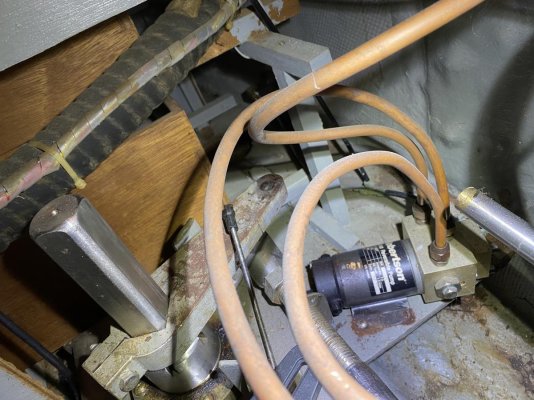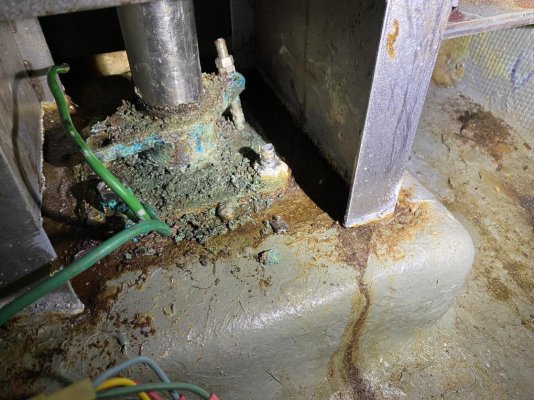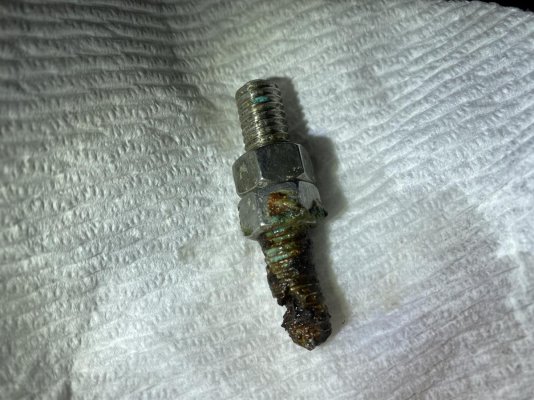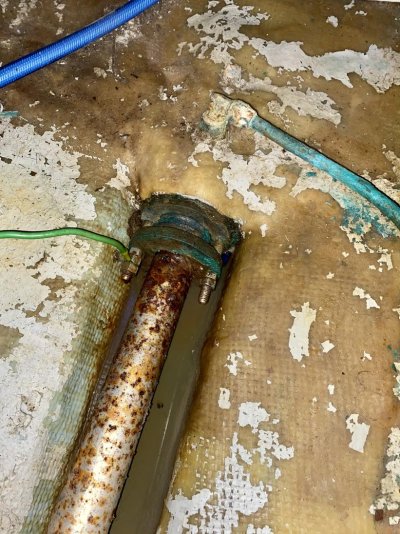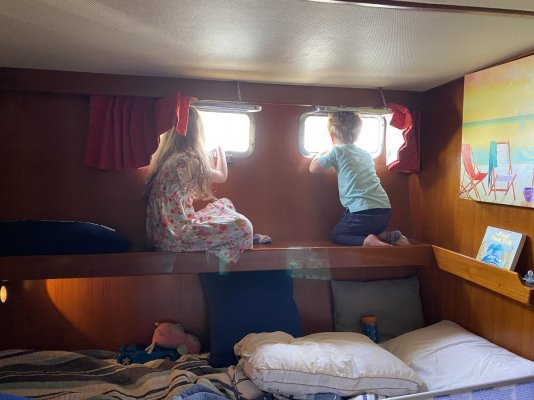Comodave
Moderator Emeritus
- Joined
- Jul 2, 2015
- Messages
- 21,302
- Location
- Au Gres, MI
- Vessel Name
- Black Dog
- Vessel Make
- Formula 41PC
You would also need a silver half cell and the knowledge on how to use it to determine anything. Get a Certified Marine Electrician, not just a guy in the yard that does electrical work. Then you stand a chance of getting someone knowledgeable.

